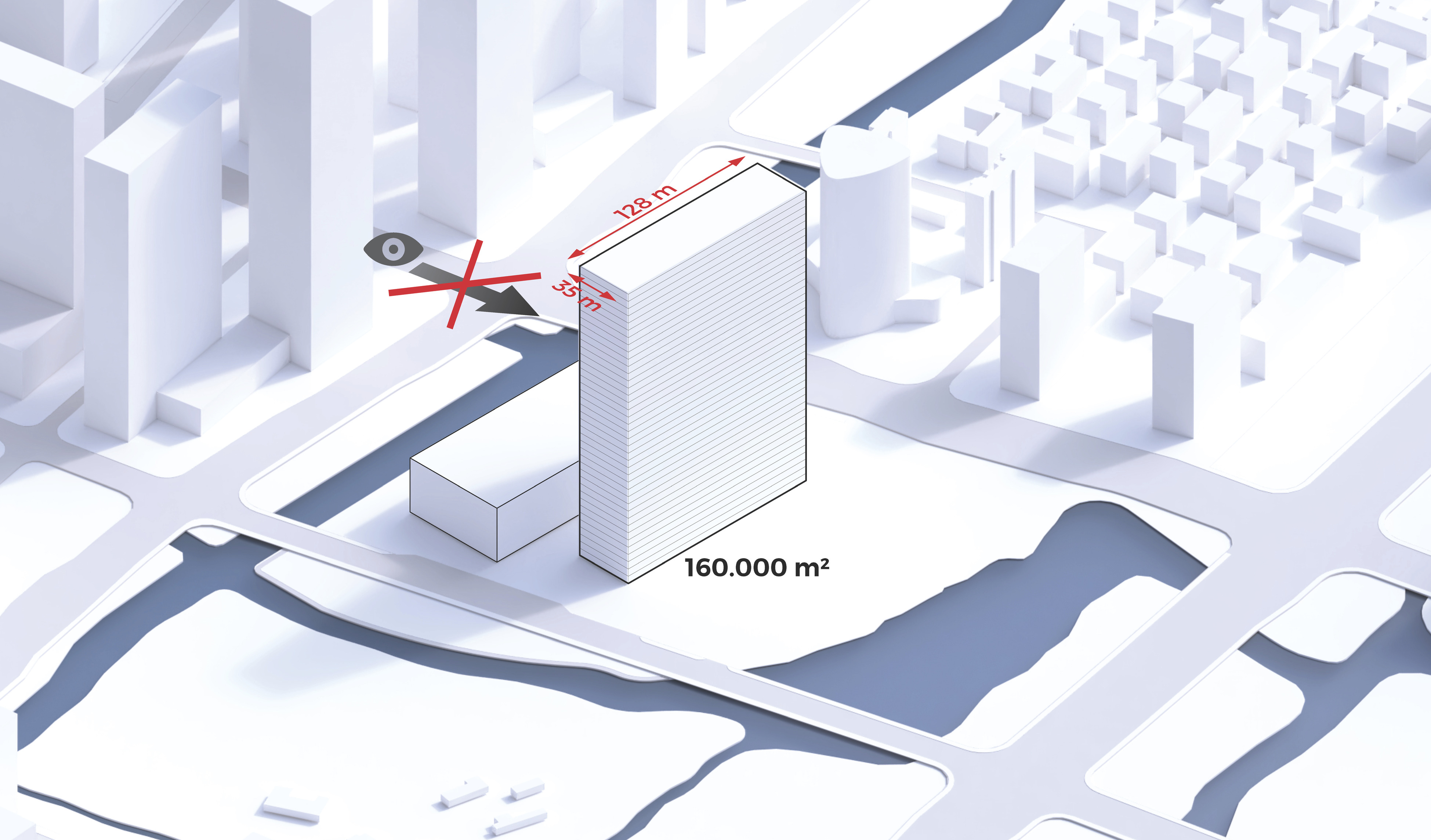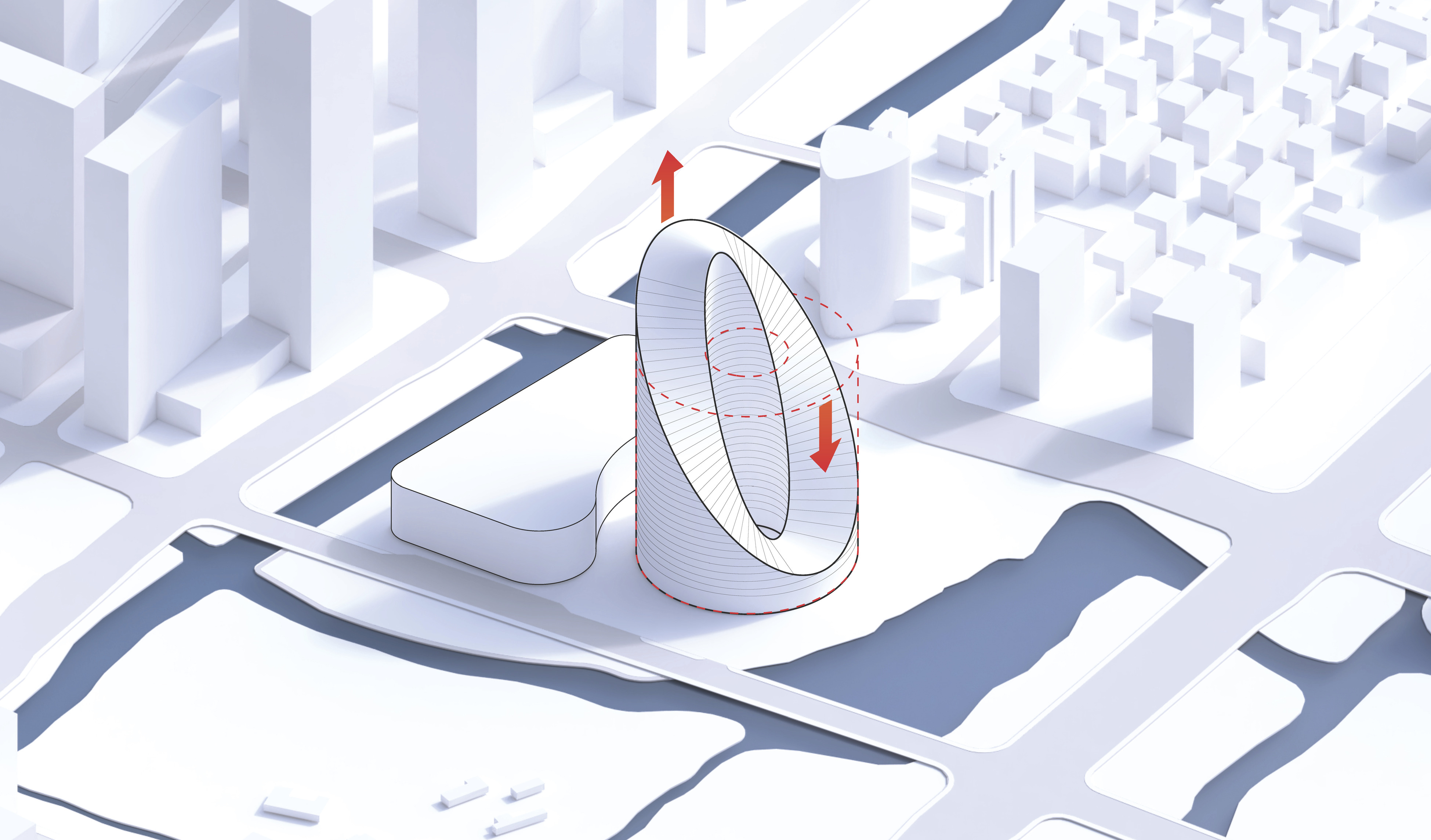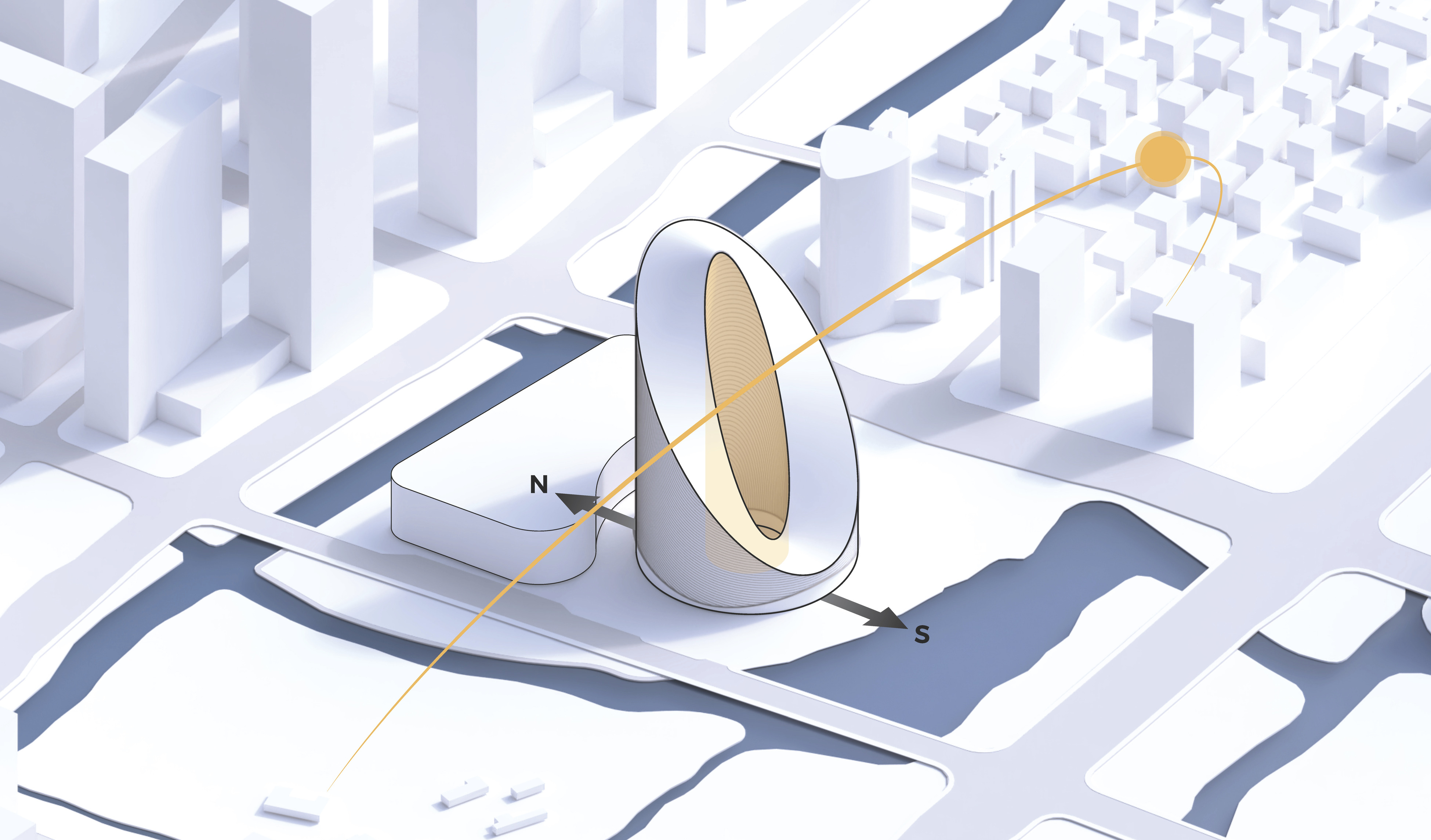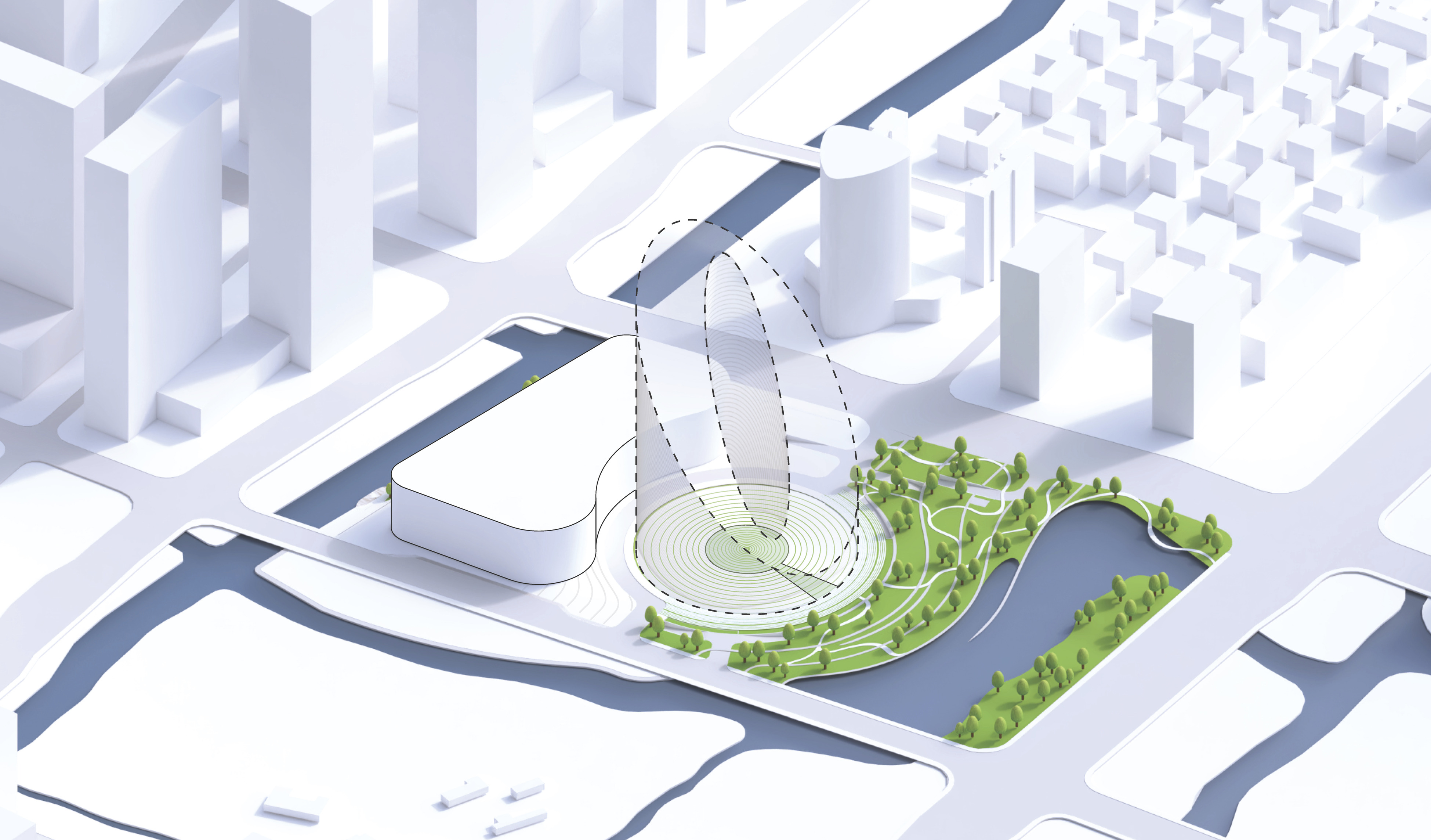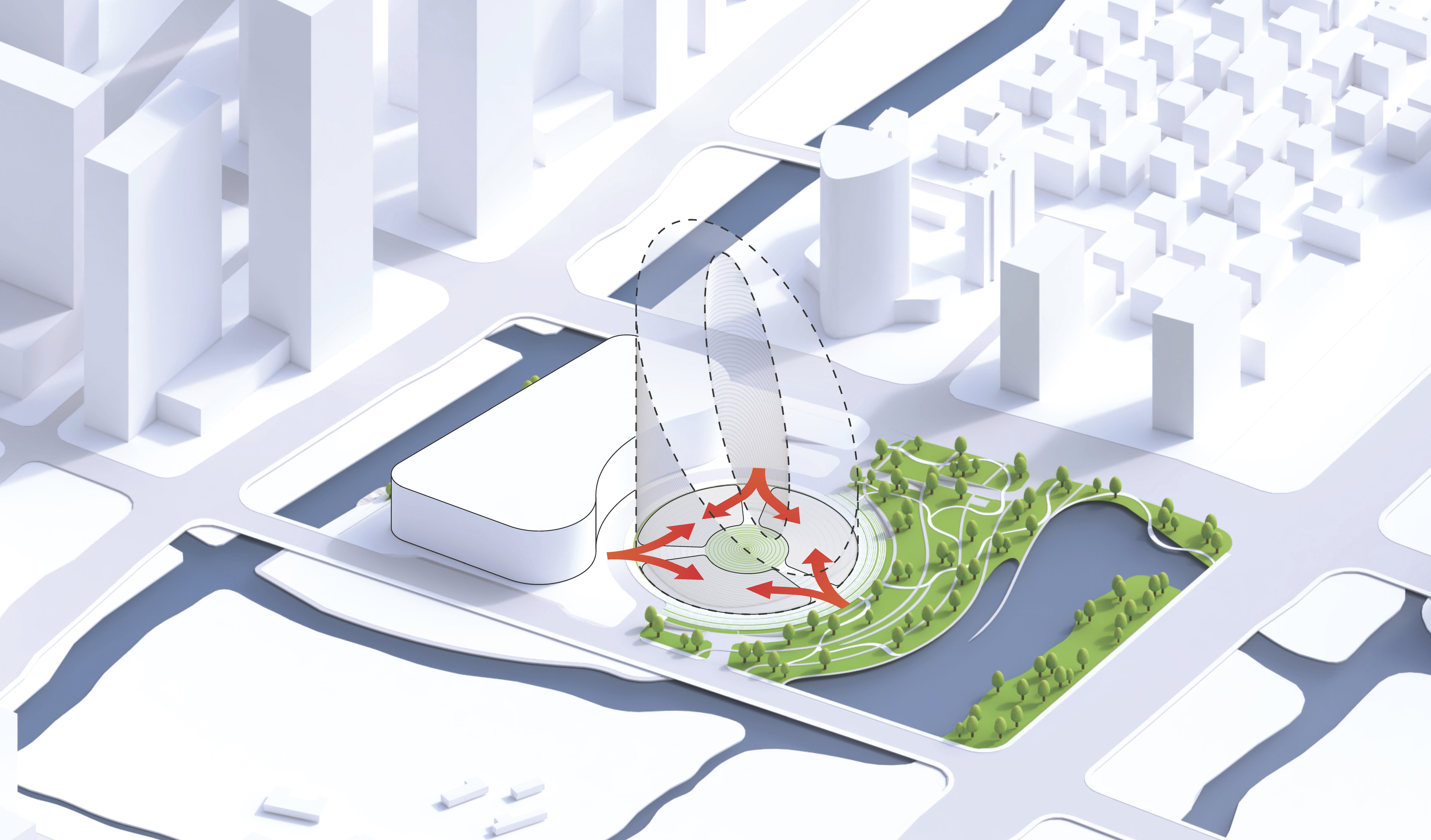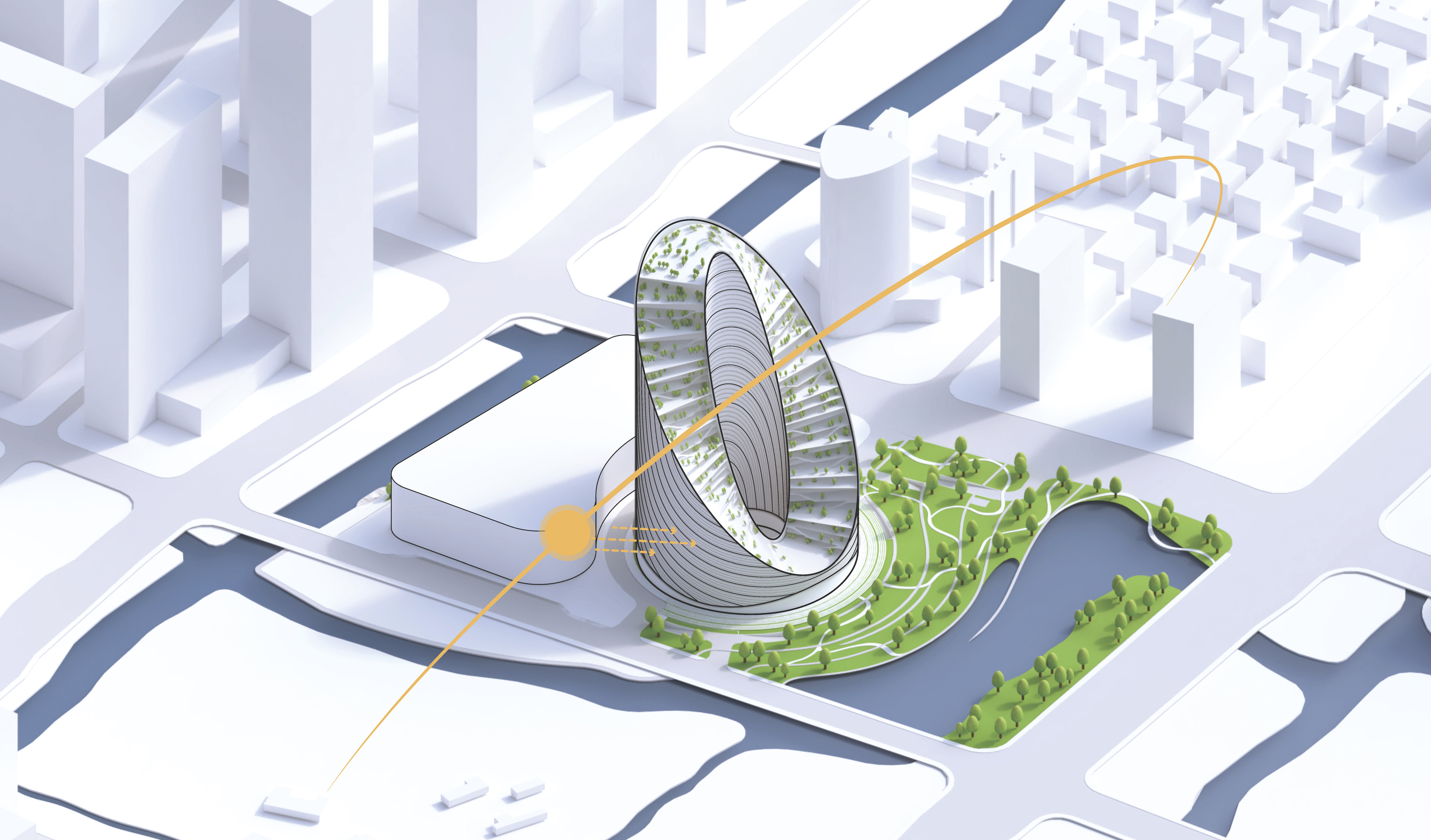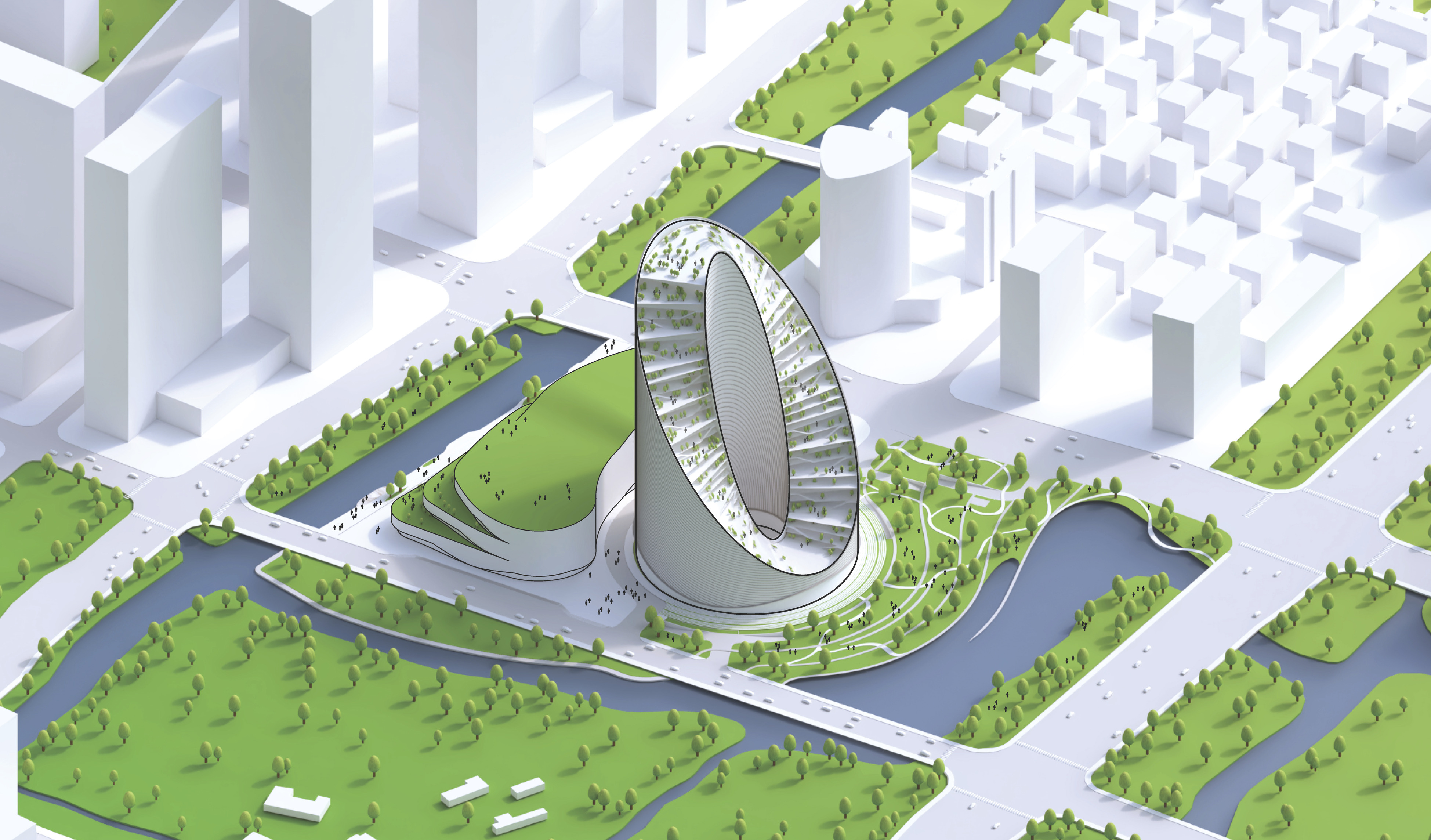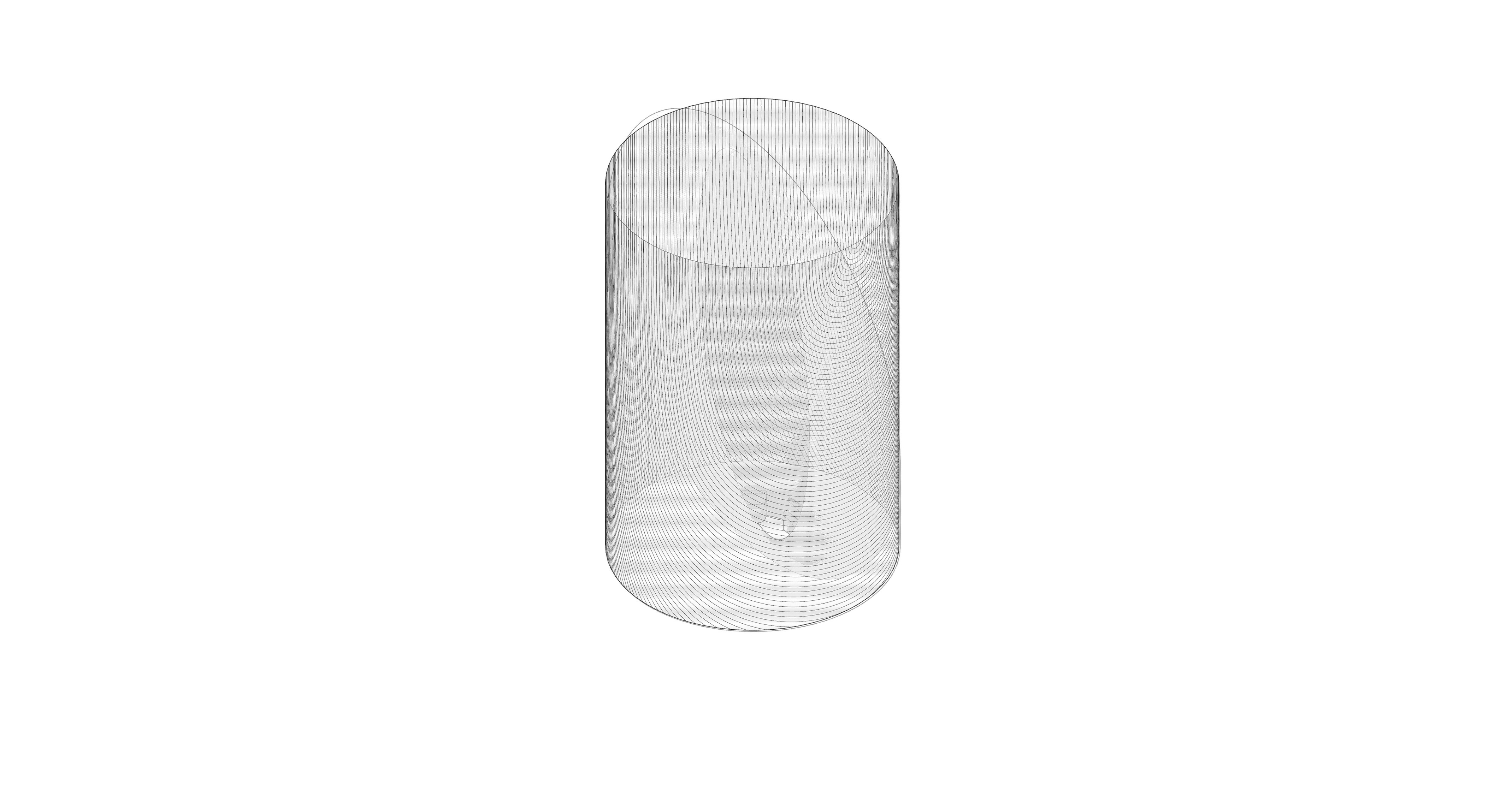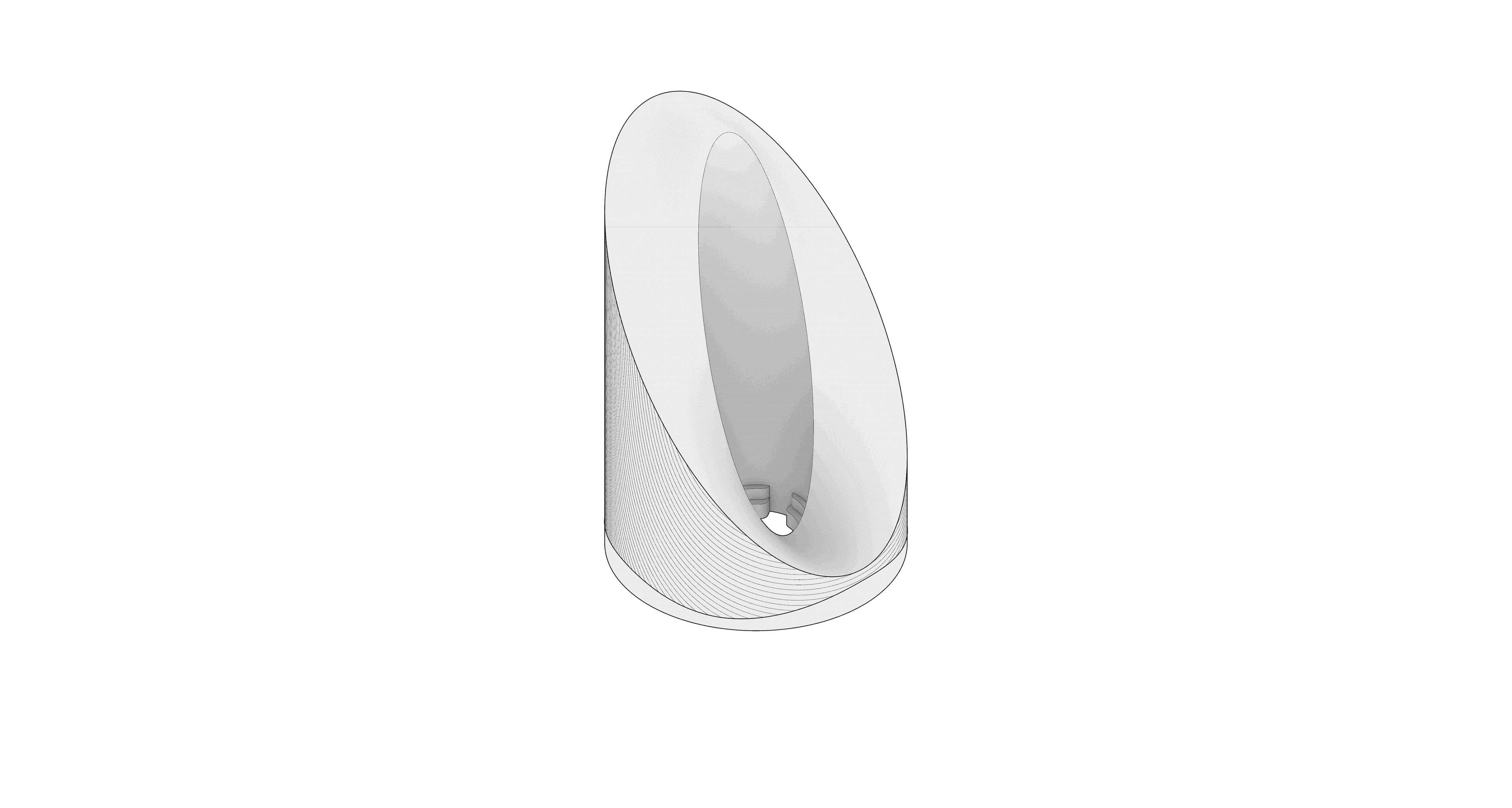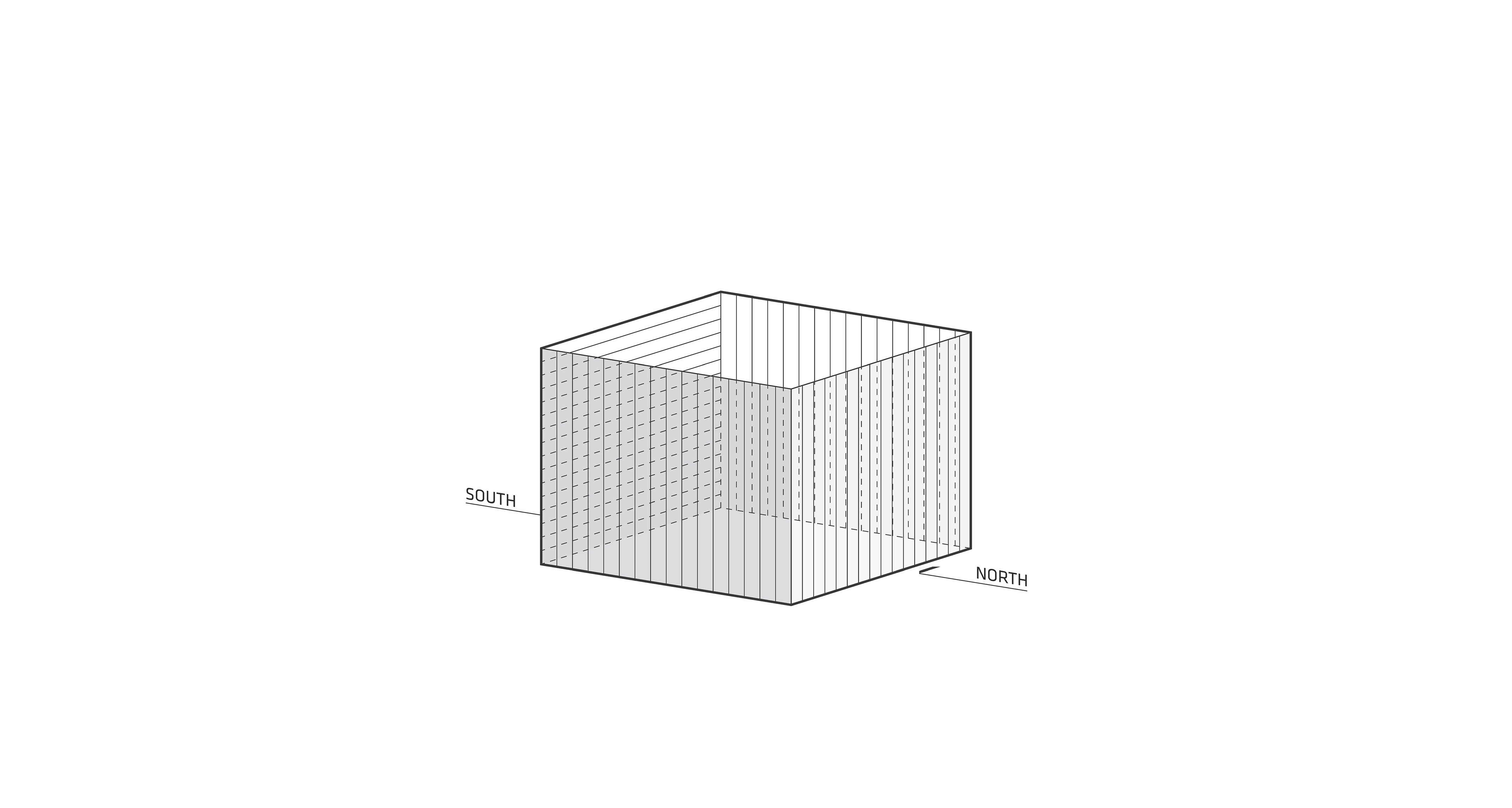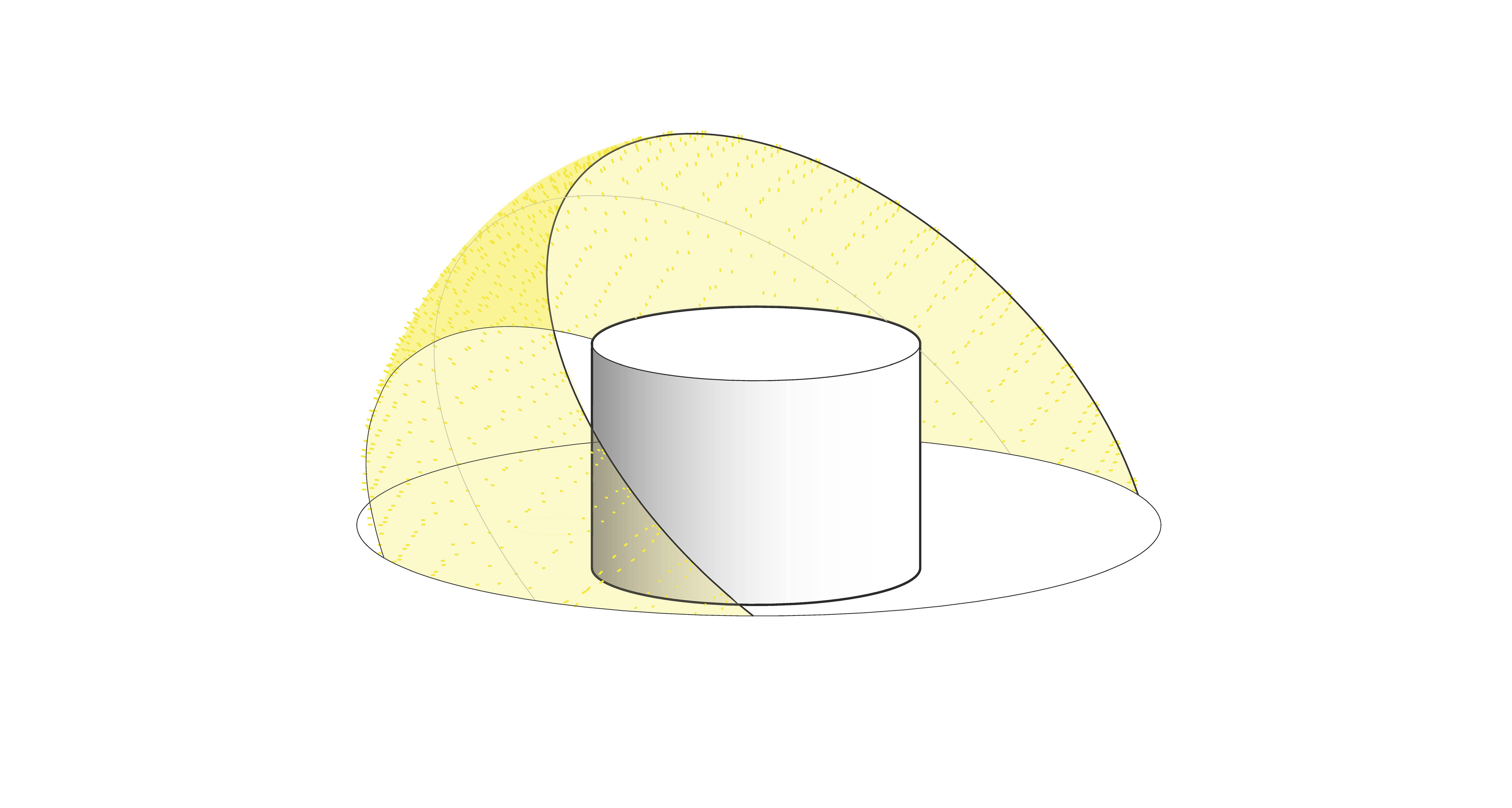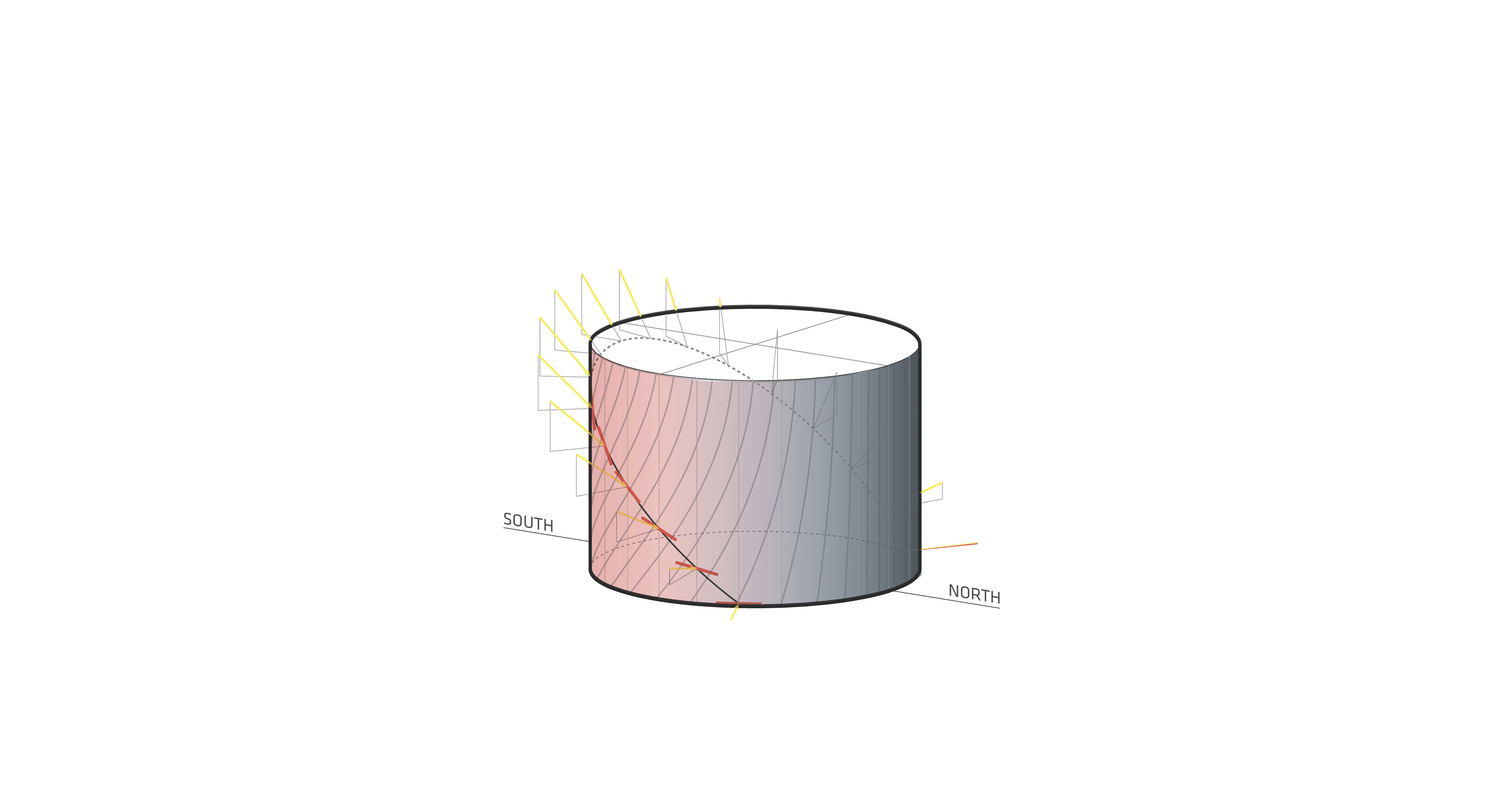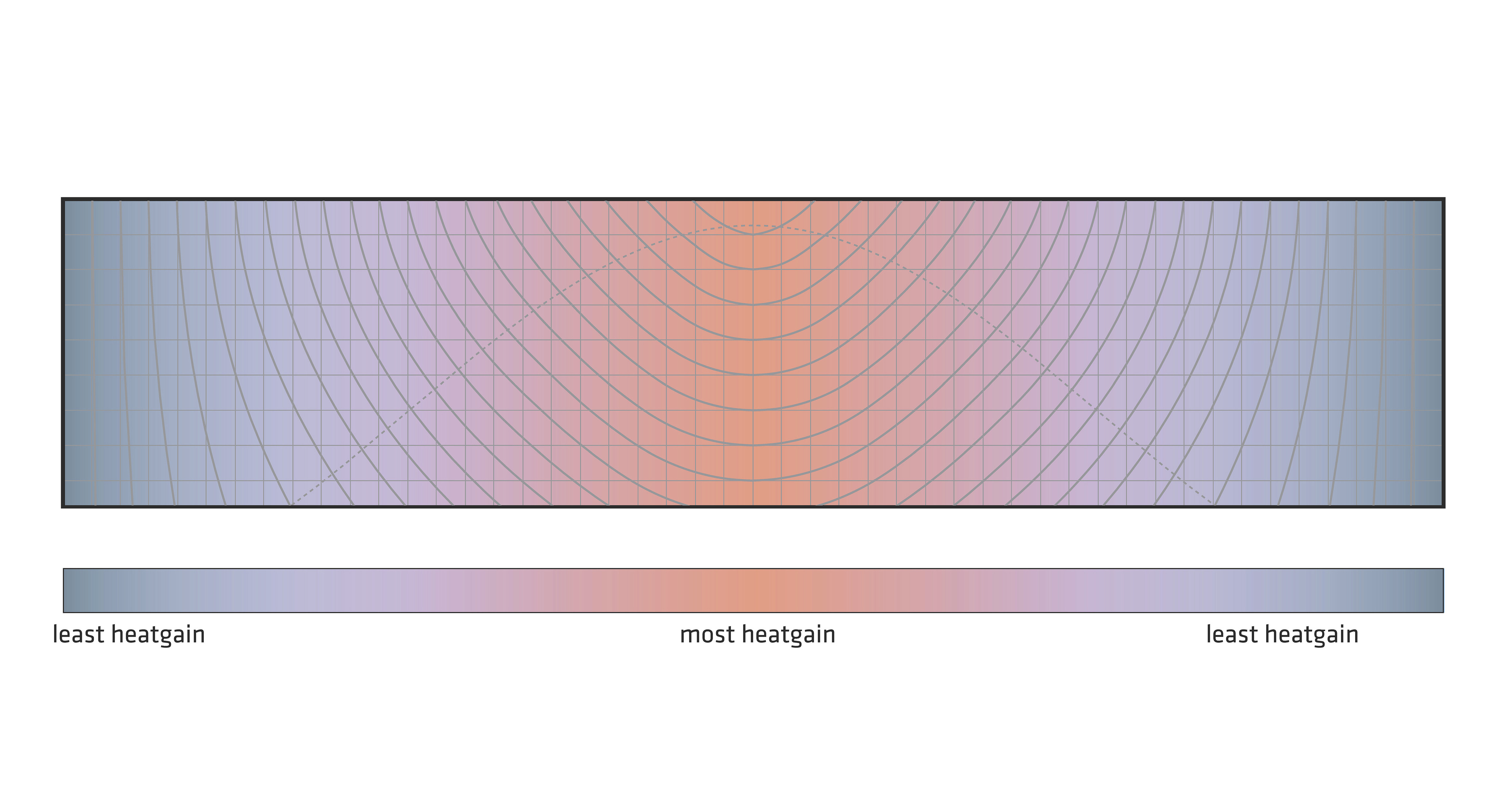STATUS
IN DESIGN
HANGZHOU, CHINA
CLIENT
OPPO
TYPOLOGY
Work
SIZE M2/FT2
229,330 / 2,468,488
STATUS
IN DESIGN
SHARE
Founded in 2004, OPPO has grown to become China’s largest smartphone company in a short period of time. OPPO’s new R&D HQ building in Hangzhou’s Future Sci-Tech City represents a commitment to the brand’s spirit of endless innovation in the pursuit of perfection.
Hangzhou, colloquially know as ‘Heaven on Earth’, is not just a hub for innovation – it is also home to China’s most popular natural attractions including three of the world’s 55 UNESCO Heritage sites. The city has been shaped by a rich cultural history of technology, information exchange and trade for over 5,000 years as one of the origin sites of the Silk Road and Grand Canal.
BIG began working with the leading global smart device brand at the beginning of 2019 to create an R&D Headquarters and a masterplan.
Prominently located in the heart of Yuhang District, Hangzhou, OPPO R&D Headquarters rests between a natural lake, an urban center, and a 10,000 m2 park. As an anchor point along a major access road stretching east to west from Hangzhou, the OPPO R&D Headquarters Tower will be an iconic landmark and gateway to the Future Sci-Tech City and Hangzhou itself.
The needs of contemporary tech companies frequently put them in a position to choose between ideal deep and flexible floor plates to support creative and dynamic workspaces, and shallow floor plates that provide optimal work environments including access to daylight and views that benefit employee well-being and productivity.
The new OPPO R&D Headquarters, or O-Tower, resolves these competing requirements by translating a traditional office slab with the perfect depth for access to daylight into a cylindrical courtyard building that is compact yet also providing large, contiguous floor area. Pushing down the southern edge of the building to the ground minimizes the external surface area of the more solar exposed façade while maximizing views out from the inward façade, which is in turn self-shaded from solar gain by the geometry of the tower. The massing is a manifestation of a building form optimized to reduce energy use and maximize access to natural light.
“Through this project, Hangzhou will become one of the most important centers of research and development for OPPO in China. The iconic expression of the landmark O-Tower designed by BIG is perfectly complemented and enhanced by Yuhang's beautiful and pleasant natural waterbody and wetland landscape. Looking forward into the future, we believe through our collaboration, OPPO’s Global Mobile Terminal R&D Headquarters will not only be a perfect representation of OPPO’s brand identity and culture, but will also become the most iconic landmark in Yuhang, Hangzhou. This will precisely represent the keystone in OPPO’s hundred-year-plan.”
A series of triple-height void spaces and interconnected terraces under the sloping O roof surface will provide visual and physical connectivity between floors, and the opportunity to introduce biophilic social spaces and shortcuts for all OPPO staff. These spaces will bring human interaction out to the facades, where staff can enjoy views out while populating and activating the skyline of the city.
Wrapped with adaptive façade louvers that are oriented according to sun angles and building geometry to minimize solar gain, the façade will become a fingerprint for the building, with a specific imprint that exists only for the O-Tower, and only in Hangzhou. The fingerprint façade will reduce solar gain by up to 52%, providing significant savings for cooling loads and better thermal comfort for OPPO staff, while at the same time reducing glare, reflectivity and light pollution.
At the heart of the O-Tower, a publicly accessible courtyard will become an urban living room for the city. The mineral hardscape at its center transforms into a green and lush landscape at the periphery as it extends out to the waterfront. This urban oasis provides fresh air, retains water, and supports a biodiverse public realm connected to the daily life of the city.
“Technology at its best should be a seamless extension of life. The new OPPO R&D Headquarters embodies this notion, sitting with ease in the scenic wetlands of Hangzhou, while negotiating between the dense urban fabric on one side and the natural landscape on the other. It will be an architectural manifestation of an OPPO product: effortlessly elegant, while elevating the quality of human life in the city.”
The ground floor of the O-Tower will be open with an interconnected public space that seamlessly leads visitors and staff through lobbies, exhibition spaces, or out to the park. The first three floors will be reserved for public programming including exhibition space, conference centers, a canteen, and an incubator for external workshops.
Within the R&D Headquarters will be a variety of flexible floor plates from spacious and large floors suitable for R&D departments and special projects, to smaller more traditional floors for administrative and executive functions. All floors of the building integrate workspaces with biophilia and social spaces.
“We have attempted to imagine the future work environment of OPPO to be sustainable on a triple bottom line: economically, ecologically and socially. The compact form folding in on itself provides large flexible floorplates with the daylight access and fresh air of a slender tower. The adaptive louvered façade omits incoming solar glare and thermal heat gain, enhancing the passive performance of the building. The tilted loop of the warped roof creates a social shortcut for the OPPO employees and their collaborators connecting the ground to the summit. And the central oasis and the surrounding wetland park expands the public realm into the heart of the complex. Each element is intrinsically intertwined forming the melted loop that is perceivable at all scales - from the urban landmark to the human experience - becoming a manifestation of the design simplicity that is an intrinsic part of OPPO’s brand,”
Bjarke Ingels Brian Yang Catherine Huang Florencia Kratsman Rasam Aminzadeh Weronika Siwak Zhonghan Huang Ada Gulyamdzhis Adam Busko Adrianna Karnaszewska Agnieszka Magdalena Trzcińska Agnieszka Wardzińska Aimee Louise Desert Aimee Louise Desert Alda Sol Hauksdóttir Alessandro Zanini Alexander Jacobson Anders Holden Deleuran Andrea Hektor Andy Coward Bart Ramakers Buster Christensen Camille Breuil Carlos Ramos Tenorio Cristina Giménez Daniel Ferrara Bilesky Daniel Pauli Davide Tarditi Eddie Can Eric Li Ewa Bryzek Filip Fot Geetika Bhutani Geetika Bhutani Cris Guoyu Liu Hyojin Lee Jan Magasanik Jens Majdal Kaarsholm Jonathan Russell Juhye Kim Karim Muallem Kekoa Charlot Kristoffer Negendahl Laura Kovacevic Liang Zhang Lito Karamitsou Mads Mathias Pedersen Mads Primdahl Rokkjær Malka Logo Martino Hutz Mengyuan Li Nandi Lu Naphit Puangchan Omar Mohamed Nabil Mohamed Saad Mowafy Ombretta Colangelo Ovidiu Munteanu Petros Palatsidis Polina Galantseva Roberto Fabbri Seongil Choo Shengpeng Mao Steen Kortbæk Svendsen Stefan Plugaru Tomas Karl Minör Tore Banke Tyrone Cobcroft Ulla Hornsyld Xavier Thanki Xiaochang Qiu Xingyue Huang Yueying Wan Yueying Wan Yunus Alperen Basak Yusheng Huang Zhehan Shawn Tang Zuzanna Eugenia Montwill Gül Ertekin Søren Dam Mortensen Hung-Kai Liao Maria Capuozzo Chiara Arena Kwang Hoon Lee Mats Kolmas Eugenio Superchi Andra Belea Celine Linxi Wu Su Myat Nge Nge Finn Quang Lôc Nguyen Julia Gotovski Shuting Zhang Przemyslaw Chmielarski Martyna Sylwia Kramarz Edoardo Avellino Elisa Evelyne Annick Niglis Max Alexander Bonecker Natalia Politano Paula Herrera Lahoz Giulio Mennini Zhaoqi Chen Kasia Wieprow Gwanghyeon Park Minh Do Quang Yimin Wu Will Chuanrui Yu Jeremias Sas Iros Lucía García De La Peña Julia Szalkiewicz Jiawen Huang Gilana Antonova Nancy Nobrega Philip Kaefer Oliwia Jagla Jiayao Zhao Olaf Grzegory Kai Siyu Tian
ZIAD
WSP
RBS
RFR
CCGT
BPI
Savills
TFP
UAD
